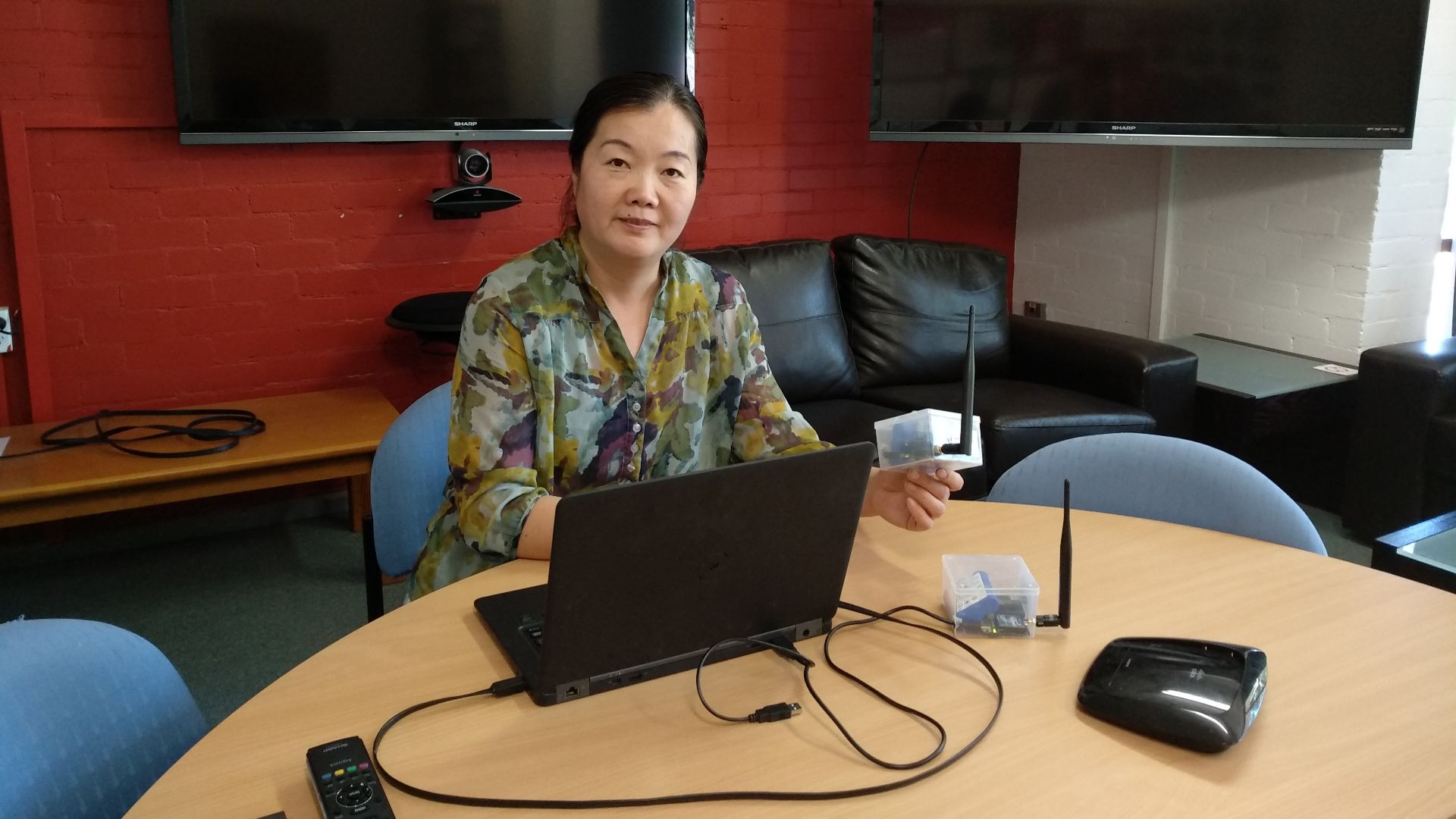- Charles Sturt University academic says ransomware attack on the wool auction system shows cyber security should be a priority for all industries.
- There’s been a dramatic increase in the number of large and successful ransomware attacks in recent years.
- It is possible to reduce the risk of cyber-attack, according to expert
A Charles Sturt University academic says the cancellation of Australian wool sales this week highlights that no industry is immune to cyber-attack.
The computer software used by the wool auction system for things like collation of test data, sale cataloguing and valuations was hit by a ransomware attack that encrypted data.
Associate Professor Lihong Zheng (pictured) from the Charles Sturt School of Computing and Mathematics and Graham Centre for Agricultural Innovation said in recent years there’s been a dramatic increase in the number of large and successful ransomware attacks.
“Malware is code that is designed to maliciously disrupt the normal operation of, or cause harm to, a network or user’s computer, phone, tablet, or other device,” Professor Zheng said.
“The ransomware cyber-attack on the software used by the wool auction system is a type of malware.
“Once infected, it encrypts the files on a user’s device or a network’s storage devices. To restore access to the encrypted files, the user must pay a sum of the Monero cryptocurrency.
“Ransomware can be distributed through a malicious file attached to a phishing email, a malicious URL link in the body of an email, an infected USB device, or a vulnerability in the device’s operating system or installed applications.
“The ransomware program will be delivered to the device and starts to encrypt files as soon as the attachment is opened or upon clicking the URL link.”
Professor Zheng said agriculture in Australia today is a very sophisticated and highly technical industry and there are steps that individuals and organisations should take to reduce the risk of cyber-attack.
“People should minimise visits to unknown websites, disable macros in Microsoft Office, install and regularly update antivirus and anti-ransomware software, and install a firewall to stop traffic from untrustworthy sources getting onto your device,” Professor Zheng said.
“The farming sector has applied more innovative and cutting edge technologies of artificial intelligence (AI), Wireless Sensor Networks, cloud computing, and the Internet of things (IoT) to ease their daily work, reduce losses or improve the yield quantity and product quality.
“As the number of connected-to-IoT devices increases, these devices are now poised to become more pervasive in our lives and security concerns are exponentially multiplied.
“Being on the internet means we’re always sharing some kind of data. We may not be able to stop a company from getting hacked but we can limit how much information we share.
“It’s important to keep your operating system and software up to date, back up your data, and back up your backup, as well as utilising multiple security layers.”
More strategies can be found at Europol No More Ransom!, The UK National Cyber Security Centre a series of steps, and ACSC.






Social
Explore the world of social